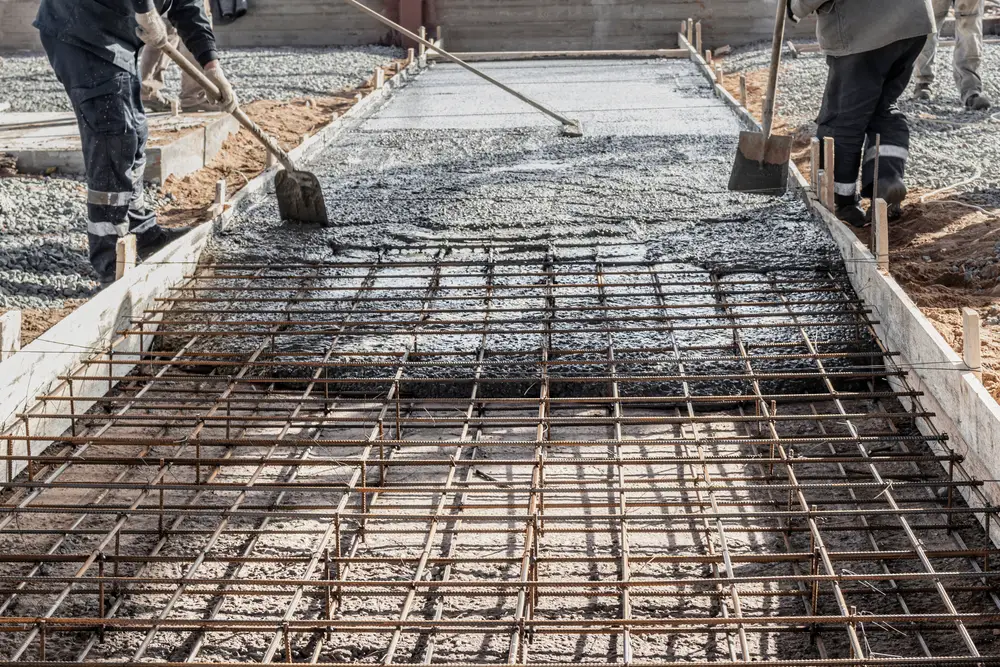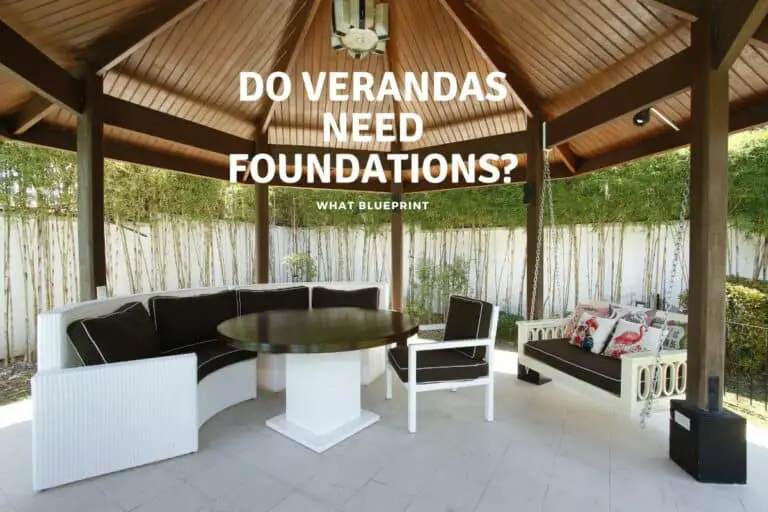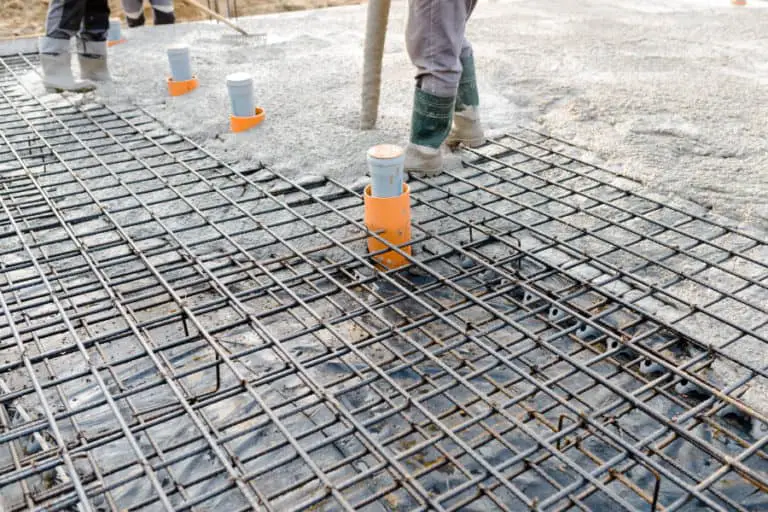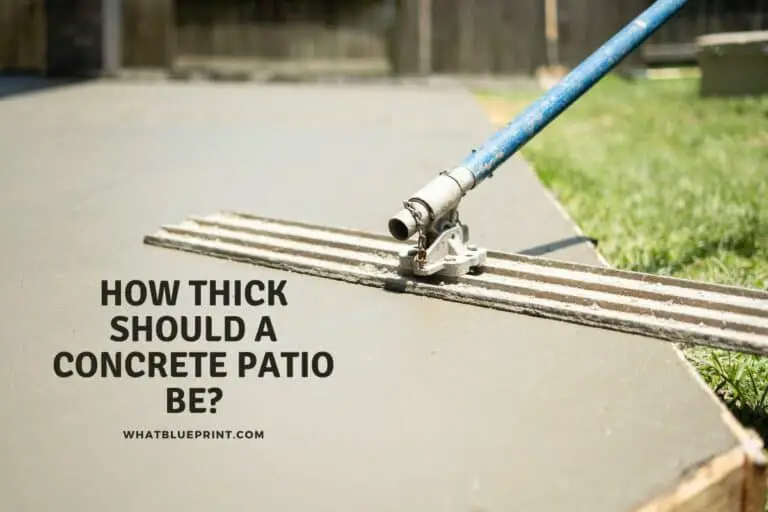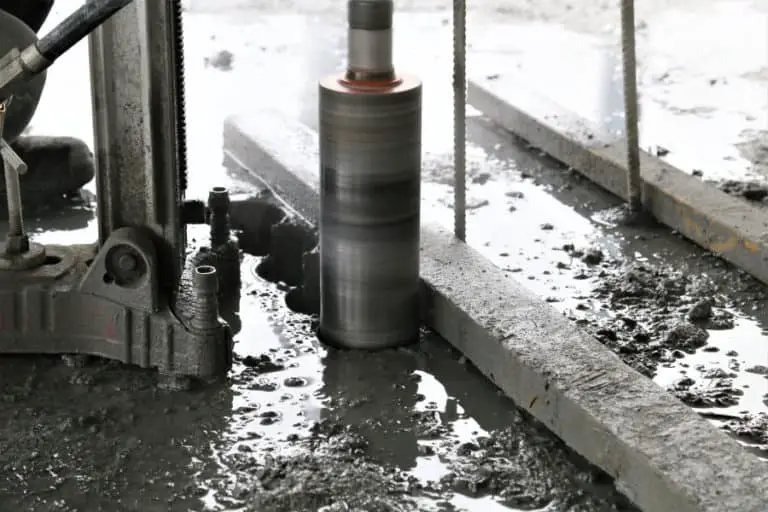Is Settling A Foundation Issue?
The foundation is essential to any home as it serves as its base. There are many types of foundations depending on multiple factors from the environment(Ex. Soil, Topography, etc.) or the building itself (Ex. Weight, Building Footprint, etc.). The question now is if settling is a foundation issue?
Settling is a foundation issue often caused by problems with the soil supporting your foundation or house. As time goes on, your home will sink into the ground as it settles, which is a regular occurrence and is often done in a controlled manner by the engineer. The problem is that a house can settle too much into the ground, causing your home to become uneven.
To understand settling, we first need to understand the basics of foundations and soil. These are two main parts of carrying a home upright, so if any of these two are negatively affected, it will cause uneven settling in the long run. Aside from that, external factors can also affect how these two(foundation and soil) perform.
Is Settling A Foundation Issue?
Settling is an expected occurrence for all buildings. It only makes sense that the soil will have to move a bit to adjust to the weight of a new building. This is often controlled and calculated so that the ground changes evenly.
Settling becomes an issue when this soil adjustment is overdone, and the foundation becomes uneven. Generally, the soil has either become too soft or was moved too much for this to happen.
The foundation itself can also be the cause if the engineer miscalculated the loads or a contractor doesn’t build your foundation correctly.
There’s so much more than what meets the eyes when building construction, especially for foundations. Each part of your house works together to ensure it remains standing. Something as simple as putting a tree in the wrong place in your lot or having improper site drainage can affect your foundation’s performance.
With all these said, we first need to identify the type of settling occurring in your home for us to be able to tell if it is an issue you should be concerned with.
Types of Foundation Settling
There are three primary types of settling that a foundation can experience which are namely, a uniform settling, a tipping settling, and a differential settling.
- Uniform Settling
The foundation sinks into the ground evenly. Uniform settling is routine and has happened over the years.
- Tipping Settling
The foundation sinks into the ground unevenly. Contractors and engineers can still repair this settling by installing additional parts for the more sunken part of your foundation to make it level again.
- Differential Settling
Only part of the foundation settles, while the rest stays on the same level. This is the most damaging type of settling that often causes cracks in lower levels of the house.
Many factors can cause your foundation to settle in a certain way. Generally, a geodetic engineer determines how the soil will interact with your building and, from there, makes recommendations on how the building should be constructed.
Foundation: How it works
For a typical home, you’ll probably have anywhere between 9 to 15 foundation columns throughout your home. Since houses are designed with efficiency and cost-effectiveness in mind, they often uniformly space the columns into a grid and use the same type of columns for each footing.
In discussing how loads work, starting from the top to the bottom is best. You have your floors, columns, beams, and foundation. Weight(from people, objects, and the building itself) initially goes to the floors.
From there, the floors transfer that weight to the supporting beams and columns. The columns thoroughly move the loads down to the foundation. The foundation then disperses that load as uniformly as possible to the ground.
This is why each structural component of a building is connected, which is evenly distributed weight instead of letting it to a single area. We can see how the differential type of settling can be pretty dangerous since it can end up causing structural components to break if left unattended for too long.
How does foundation settling happen?
There are two main reasons why a foundation would settle which is either:
- The foundation
There is always a possibility that the Contractor or Engineer built the foundation unevenly or incorrectly. A foundation built on uneven depths or elevations will cause building loads to be unbalanced, thus causing one part of the building to settle in more profound than the other.
- Soil
The soil’s ability to handle loads is affected by environmental conditions( Rain, Sunshine, Snow, Plants, etc.). This tends to happen when
Selling can be a big problem because the weight of the building doesn’t get adequately distributed to the ground. Engineers do a lot of different kinds of calculations to ensure that a building can stay up safely and efficiently.
You can imagine a table with four legs with one leg resting on a soft surface while the others are on a hard surface. If you put weight on the softer end, that table’s leg will sink and cause the entire table to become slanted.
The same is true for a settling foundation and the house on it. Since soil is quite soft, it will need to adjust to the shape and load of the building for it to be able to stand up properly. This is fine, but when too much adjustment takes place, that’s when settling becomes an issue.
Remember also that soil is easily affected by other natural factors that can affect its properties( Ex. Lack of moisture makes soil brittle, while too much humidity will make it too muddy).
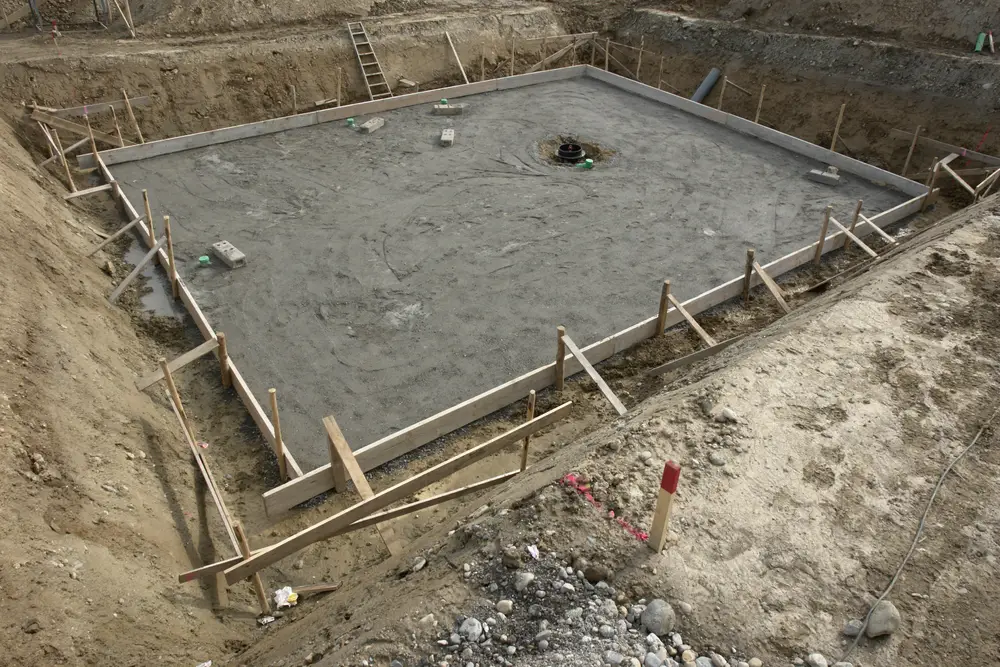
What Are The Signs Of Foundation Settling?
To tell if there’s some uneven settling, you simply have to look around and see if there’s anything unusually uneven in your house. As we mentioned earlier, parts of a building are interconnected, and as such, whatever problems that may be underground will eventually show up on the surface. Here are things to watch out for:
- Detachment
- Misalignment
- Cracks
- Sinking
How To Fix Foundation Settling
We’ve established that settling is caused by environmental factors and results in an uneven foundation. Now, if you find that your house is not as level as it once was, it can be a symptom that your foundation has a settling problem.
For this type of repair, you will have to hire a contractor to evaluate your foundation’s condition and mobilize the necessary logistics for it to be fixed.
On average, this type of job costs around $3000 to $8000, depending on the severity of the damage and the type of repair done.
There are two types of repairs for a foundation, both of which are meant to bring back your foundation slabs at the level.
- Slabjacking
It involves drilling holes around your foundation and filling them up with concrete. The dried concrete will harden to provide support and elevate the settled parts of your foundation to make them level.
- Piering
Piers are vertical support, such as columns, that are driven into the ground. For a firm foundation, a pier is meant to reinforce a lagging area and helps hold it in place to prevent further movement.
For residential projects, slab jacking is the more common solution for settled foundations considering that homes are much smaller and simpler in design. Piering is much more expensive and technical, which is why it is more often used for commercial buildings.
How To Prevent Settling In A Foundation
Prevention is always going to be the best solution. The best way to prevent settling is to manage your immediate environment within your property. The area around your house should be resilient against environmental factors such as rain and snow.
Interventions such as proper site drainage, water drainage, and regular maintenance are the primary ways to prevent soil from being displaced. Here’s a point-by-point list of how you can achieve all these:
- Proper site drainage
The objective is to control how water moves around your site and how it can either dry safely(by being well distributed) or by having it drain out of your site entirely. All sites have some level of grade(slope) in them. This is important in directing where water flows as it will always find a way towards a lower elevation.
Aside from that, you should also observe how your ground reacts whenever it rains. Sometimes when a homeowner changes their landscaping, it can lead to unforeseen interactions between different environmental factors. Generally, you want your topsoil to be able to absorb water well but not so much so that it becomes muddy.
You can plant grass, plants, and trees that help absorb water. Adding different rocks and layers to your ground can help prevent water from displacing the soil by your foundation.
- Water drainage
In most house lots, water reaches the lot primarily through the roof. From there, we know that water is transferred from our roof to our gutters and down to our downspouts until it goes drainage.
If we want to prevent unwanted moisture and water from reaching our foundation, then all parts of a roof that handle the water must be in good condition and are working correctly. Aside from just preventing foundation settling, you’ll also be avoiding many problems arising from leaky roofs.
- Regular maintenance
We can’t take our foundation a lot since they are buried way into the ground. However, we can observe the condition of our house and look for any changes.
A sign of a foundation problem is the sudden appearance of cracks along your exterior walls. Other signs to look out for are doors and windows that are out of alignment with their frames, stairs becoming a bit more crooked, and in some situations, you might even directly notice that a part of your house is sinking into the ground.
As much as possible, we want to catch a settling foundation as early as possible to reduce the damage that it can potentially cost.
These interventions benefit more than just your foundation. Keeping water under control within your site also dramatically helps prevent the rest of your house from getting damaged. Resilience in a place will lead to its longevity, so good maintenance practices will significantly affect how well your home holds up.
Does Settling Happen Outside Of Foundations?
Anything built on top of soil risks settling and breaking down. Landscapers such as driveways, pavements, patios, decks, etc., are vulnerable if not constructed correctly. This is why its important that whenever something is built, even as simple as pavement, we use suitable materials and construction methods to avoid these things from occurring in the long run.
Conclusion
Settling is a foundation issue that occurs when too much soil has been displaced by water. When this happens, the building can become uneven, leading to structural failure. Slabjacking and piering are used to repair a settling foundation by providing additional support to make the building level again.
To prevent settling, it’s vital to ensure that water is managed correctly and drained within your site. Other outdoor parts of your home can also settle if their bases are not built correctly.

